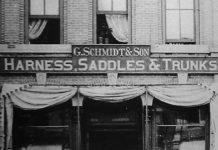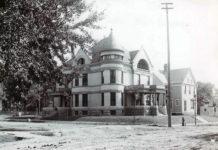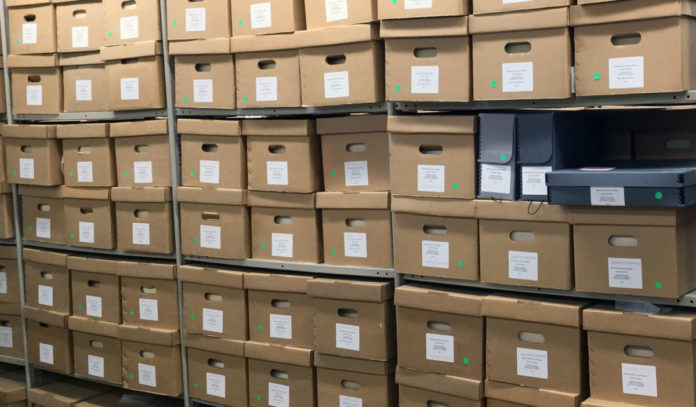
As Mankato residents and others continue to adapt to life during the COVID-19 crisis, it has become apparent that this is a monumental time in history.
Around the country, different historical institutions have begun painstakingly collecting details and documents about the time, in the hopes of preserving seemingly inconsequential information that can be used to teach future generations. Here in Mankato, MSU Mankato has begun its own effort: the COVID-19 Community History Project.
Preserving the Region’s History
MSU archives technician Adam Smith came up with the idea in March, saying that he took inspiration from other universities and colleges that were organizing their own projects.
“We [saw] that this was definitely an experience that we should be capturing, not only for our students but also for the university archives,” Smith said.
He added that the university’s archives are part of the Southern Minnesota Historical Center, a regional research repository that covers 12 counties in south central Minnesota. Counties include Blue Earth, Brown, Faribault, Freeborn, LeSueur, Martin, Nicollet, Rice, Sibley, Steele, Waseca, and Watonwan.
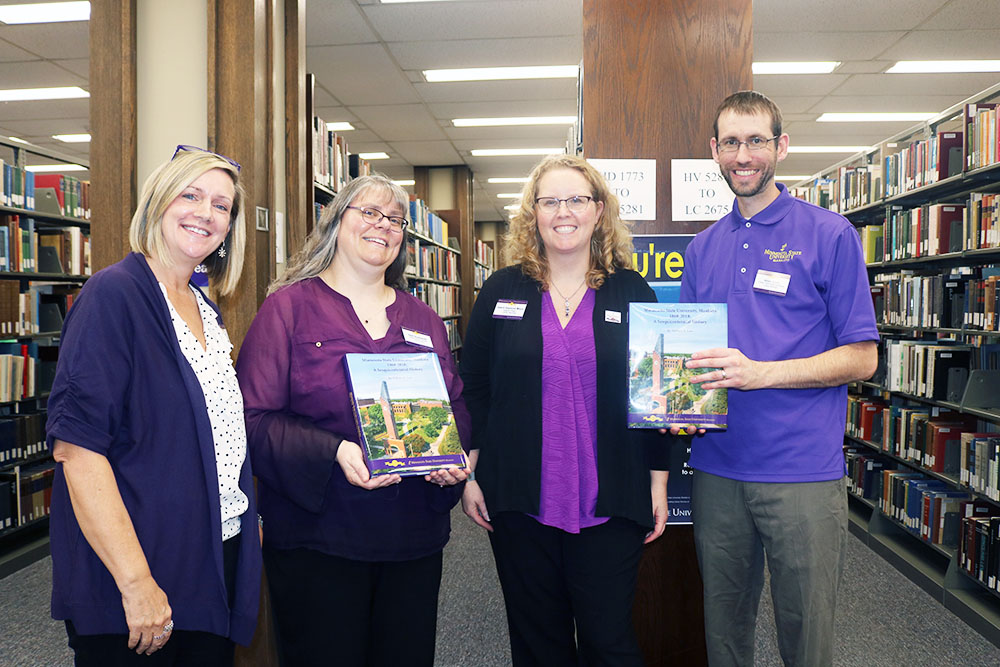
“We wanted to capture this community experience so that we could record it as it’s happening in the present,” he said. “It’s something that, 100 years down the road, if we’re looking at this experience, we can understand how it affected people, especially our students here at the university, but also the communities surrounding us. It’s a great way to capture both our university experience and the experience of the surrounding community members.”
According to fellow archives technician Anne Stenzel, the project is open to almost any kind of submission, including audio pieces, videos, written reflections, artwork, photographs and scrapbooks.
“If people have other ideas, we’re open to discussing other options,” she said. “I think that there’s a lot of different ways that people express themselves creatively, and we’re really open to exploring those things.”
This was definitely an experience that we should be capturing, not only for our students but also for the university archivesAdam Smith
When the project was first getting started, Stenzel said that archives staff worked with its four student workers to refine and improve it. These student workers contributed some of the first submissions and provided feedback about the process.
“[The students] have given us opportunities to evaluate types of submissions,” Smith added. “Some of the students said, ‘Well, I’m not comfortable doing this, but I’d like to do artwork,’ or, ‘I’d like to do photographs,’ and we’re like, ‘Hey, that’s actually a great idea.’ Having a wider variety of people working on [the project] has given us a greater breadth of submissions and experiences.”
Ericka Bjorngaard, a junior at MSU, is one of the four archive student workers who has been helping with the project. Bjorngaard said she first interviewed her boyfriend about his COVID-19 experiences and then created her own interview as well. Now, she is working to collect social media posts regarding COVID-19 from all of the university’s different departments.
“It’s been really interesting,” she said. “For example, the CSU [Centennial Student Union], looking back from February, there’s normal posts and events and all this stuff, and then March 13, they started posting about COVID stuff, and then more and more and more.”
“[Collecting the media posts] is a great way of capturing this information for the future, a great snapshot as to how the university was dealing with the whole pandemic,” Stenzel added.
A Range of Materials
As of now, most of the project’s submissions have come from other students, with many offering personal journal entries, photos of artwork they’ve created and video interviews. There is also a form on the archive’s website that gives people helpful questions to answer if they want to share their experiences that way, and Stenzel said that has also been popular.
“Some of [the form responses] are very personal, and some are not as personal as others, and that’s up to the person who submits it—their comfort level and what they’re willing to share,” she said.
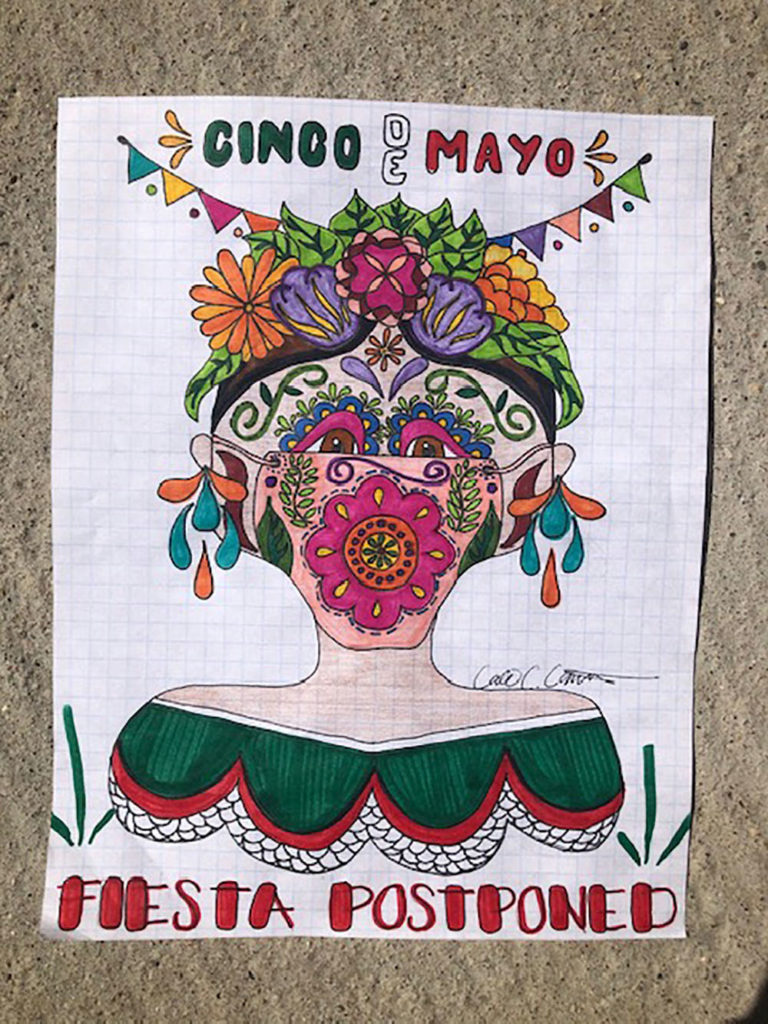
She added that if people aren’t comfortable sharing very personal feelings, they’re also welcome to write more matter-of-factly about details such as evolving news coverage or how businesses have been coping with the stay-at-home order. In addition, anyone who submits material can designate when it will be made available to the public, even if that’s years down the road.
People are even able to submit items in their native language if they’re more comfortable with that, Stenzel said, pointing out that many students who are participating are international students. While it’s most helpful to provide a translation, she said the archives will accept a submission as long as the person identifies the language so that they can have the material translated at a different time.
“It’s been really kind of cool, the kind of things that we’ve been seeing,” Smith said. “I’m really excited to see what we can do with this, and what this collection’s going to look like as we move forward.”
Supporting students
Besides preserving history for future generations, the community project is also serving another important function: offering employment opportunities to students who have lost other on-campus jobs because of COVID-19.
While MSU committed to still paying on-campus student workers’ wages, regardless if they were able to switch to working from home, this didn’t extend to students who worked for the university’s third-party vendors, such as Sodexo, which handles MSU’s food services. Since campus cafeterias were basically shut down, more than 200 students lost their jobs. Adding to the difficulty, nearly 90 percent of these students were international students, who are prohibited by law from working off campus.
As these circumstances unfolded, Chris Corley, MSU’s interim Dean of Library and Learning, recognized the unique opportunity that the community history project had to help students.
My immediate hope is that we capture a moment in time for the history of the institution, the region and the stateChris Corley
“I presented this [project] as one thing that the student workers could do when they were at home,” he said. “They could be getting paid for recording their journals and interviewing other people. The campus developed a funding source, and we worked to put them on the payroll.”
Corley said more than 200 students are participating in the project now, including the archives’ four original student workers, the library’s student workers, international students and other students spread across other areas of campus.
He acknowledged that while the main intent of the project has always been to preserve history, it has also proven to be a great way to support students through tough times.
“I don’t think it was ever really intended first to support these students, but we decided as an administration that this might be a good way to do so,” he said. “It provided so many benefits: it kept them intellectually close to campus, it provided a source of income, [and] it gave them a way to try to write about their experiences, which is probably healthy, psychologically. It gave them a way to realize that this is part of something much bigger and that they’re a part of a big moment in history.”
A Far-Reaching Project
According to Stenzel, the COVID-19 Community History Project is the largest oral history project that the MSU archives has even organized, and there’s no telling how long it will continue, since there’s no telling how long the COVID-19 crisis will last.
“I’m not really sure we have an end date right now, because things are changing so much,” she said.
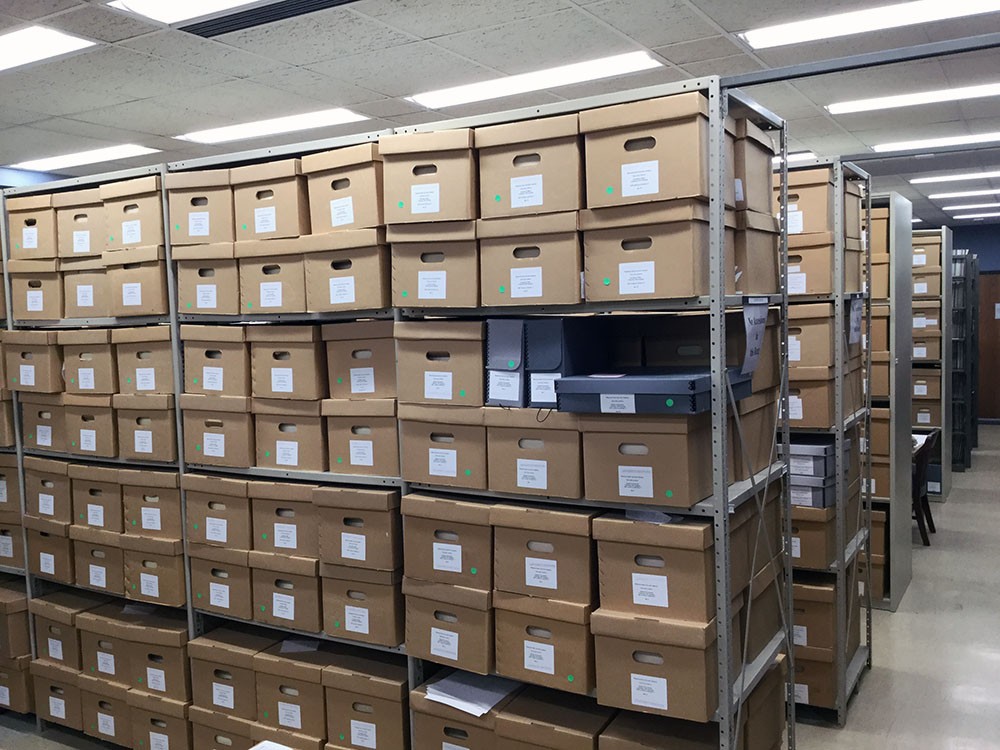
In addition, the project will last far longer than just the collection period, because all the materials will need to be organized. Stenzel said workers first try to organize items and then create an inventory. There’s also the question of whether to make anything available digitally.
“It’ll be a long project,” Corley agreed. “It’s one thing to get the documents. But then they have to be cataloged, and a collection has to be made. There’s a lot of behind-the-scenes work, such as choosing keywords, so that people can actually use the work. I’d imagine that the actual process to where you would actually see things emerge would be years.”
Another future use of the materials could be lending them out to historical institutions in the area, such as the Blue Earth County Historical Society. The MSU archives have lent materials to BECHS on other occasions, such as when BECHS put together an exhibit on MSU’s 150th anniversary.
“This will be a great opportunity to develop partnerships with [these organizations] and work with them on helping them with their projects or providing a way to collect more material,” Smith said. “That will allow us to have connections with those communities, to enrich the archives that we have and also help them enrich their archives too. There’s a way to develop those partnerships and see how we can help each other out.”
No matter how long the project lasts and what ultimately comes of the collected materials, Corley said his biggest hope is that it simply preserves this unique time in history for future generations.
“My immediate hope is that we capture a moment in time for the history of the institution, the region and the state,” he said. “My long-term hope as a historian is that historians generations forward are going to be able to use them to ask questions about the period. The beautiful thing about history is that we don’t know what kinds of questions they’re going to ask. We might think we know how the documents will be used, but they’ll have different questions. People may see things that we don’t see right now because we’re in the middle of it.”
Submitting Material
If you’d like to submit something to the COVID-19 Community History Project, visit the project’s website: https://libguides.mnsu.edu/covid19historyproject. You can either fill out the “Your COVID-19 Story” questionnaire or submit original work. You can also request to be interviewed by an MSU student worker.
For more information, email archives@mnsu.edu.


